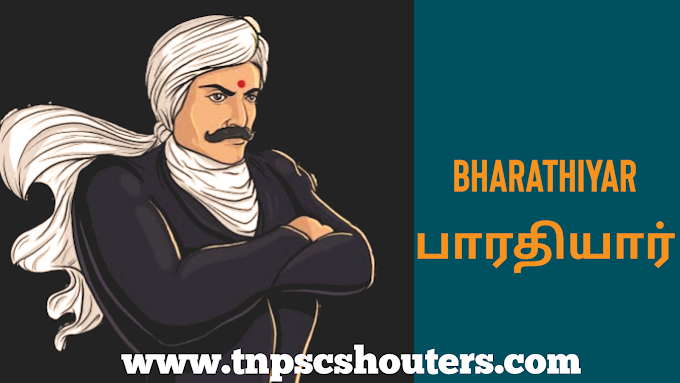
Paleolithic monument at Dindigul
- On the south side of the Dindigul hill fort is an irregular stone structure dating back to the Pleistocene age. An examination of this stone structure revealed that there was a symbol erected in memory of the dead in ancient times. It also includes quarries.
- Quarries are a structure similar to a pit. These pits have been created since the prehistoric times of mankind. Studies have revealed that these pits were created by humans about 7 lakh years ago.
- A total of 44 pits were found in the Late Paleolithic monument found at Dindigul. These pits are 0.5 cm to 4 cm deep and 3 cm to 8 cm in diameter.
- Pits are in three blocks. The first block has 28 pits, the 2nd block has 7 pits and the 3rd block has 9 pits. These may have been erected by their descendants in memory of their ancestors who lived and died in this area about 4000 years ago.
- Deep lines like drains are created connecting some pits to other pits. This may indicate some kind of relationship between deceased people. If water is poured into one pit, it reaches other pits connected by this channel. We can see cisterns connected by such sewer lines in countries like Bolivia, Britain, France.
- Vertical lines 3, 4 cm high are engraved on the western side of this symbol. A total of 131 lines are engraved in 7 blocks. All these lines can be thought of as human days spent creating the Paleolithic monument and the stone pits.
- These lines appear to have been made with metal nails. This symbol and the stone pits in it confirm that the Stone Age and the Metal Age were contemporaneous in Tamil Nadu.
- The incident of rape and brutal murder of a practicing female doctor in Kolkata, West Bengal, has caused a lot of shocks across the country. A bench comprising Justices Pardiwala and Manoj Mishra, headed by Chief Justice Chandrachud, heard the case today while doctors are staging a strike across the country demanding justice for this incident.
- The judges, who presented various views, said that a national committee of 10 doctors would be formed to ensure the safety of doctors and nurses and they would suggest guidelines to be followed across the country.
- The judges appointed a committee to create a national consensus on the safety of doctors, nurses, etc., and published the list of official members of the committee.
- Accordingly, the Cabinet Secretary to the Government of India, Home Secretary to the Government of India, Secretary to the Union Ministry of Health, Chairman of the National Medical Commission and Chairman of the National Board of Examiners are the official members of this committee.
- Besides these, surgeons Vice Admiral R. Sarin, Dr. M. Srinivas, Dr. D. Nageshwar Reddy, Dr. Pratima Murthy, Dr. Govardhan Dutt Puri, Dr. Soumitra Rawat, Head of Cardiology, AIIMS Delhi Prof. Anita Saxena, Mumbai Grant Professor Pallavi Sabre, Dean of Medical College, Dr. Padma Srivastava, Head of Department of Neurology, AIIMS Hospital, Delhi, have also been appointed as official members of the committee.









